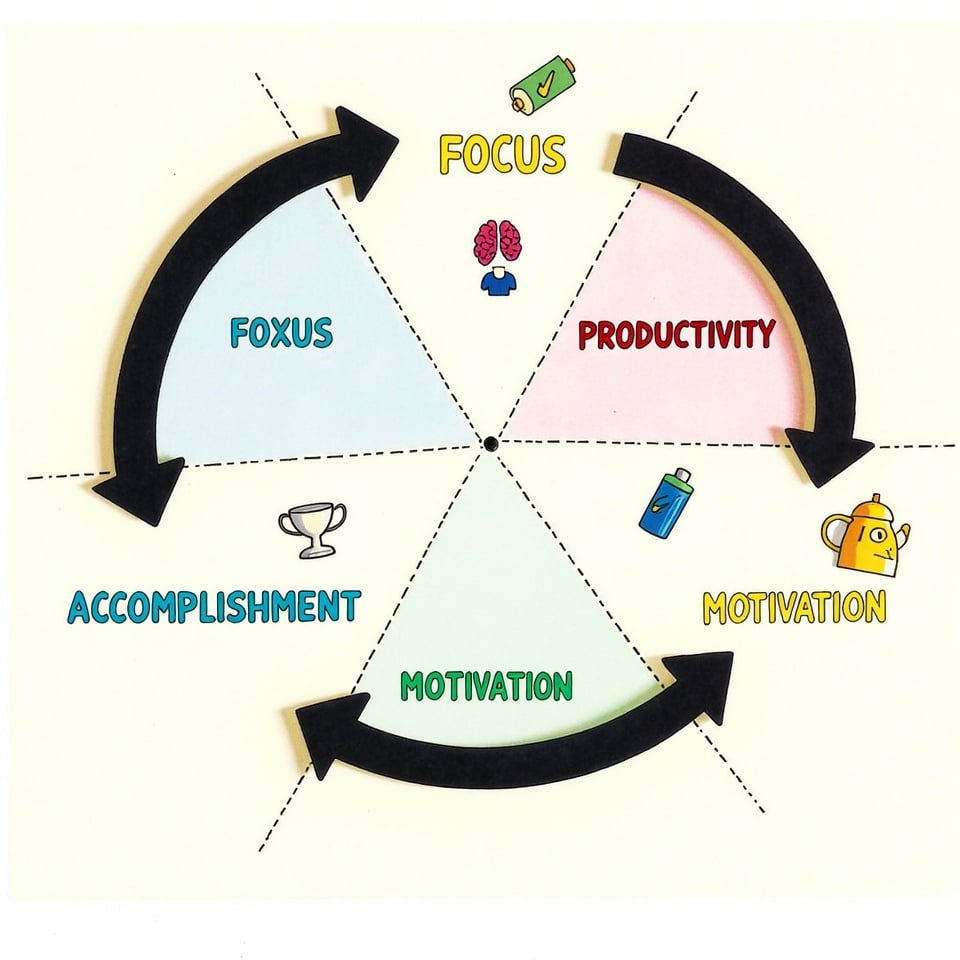When writing a research paper, presenting complex data clearly and concisely is crucial.
One essential tool can help you do just that: figures.
By using figures effectively, you can simplify complex information, make your research more accessible, and engage your audience.
In this article, we’ll explore how to put figures in research paper and provide tips to enhance your research and communicate your findings with clarity and impact.
Table of Contents
Why Include Figures in Your Research Paper?
Including figures in your research paper can significantly affect how well your audience understands your research. Figures can be charts, graphs, diagrams, or pictures that help explain complex information. By including figures, you can enhance clarity and understanding, making it easier for your readers to grasp your research findings.
Figures can also be used to support your arguments and findings.
For example, if you’re writing about a new medicine that’s effective in treating a particular disease, a graph showing the results of clinical trials can be a powerful way to demonstrate its effectiveness. This visual evidence can help convince your readers of the validity of your research.
Another benefit of figures is that they add visual appeal to your paper.
Breaking up the text with images can make your paper more engaging and exciting. This is especially important in today’s digital age, where people are used to consuming information in a visually-oriented way.
But how can you use figures to illustrate complex concepts or data?
Let’s say you’re writing about a new technology that uses artificial intelligence to predict weather patterns—a diagram showing how the technology works can help readers understand the process. Or, if you’re writing about a scientific study that involves collecting data from multiple sources, a chart or graph can help illustrate the findings. Using figures can make complex information more accessible and easier to understand.
Types of Figures to Include in Your Research Paper
When it comes to including figures in your research paper, you have a variety of options to choose from. Each type of figure serves a specific purpose and can help you convey complex information clearly and concisely.
Here are some of the most common types of figures you can include in your research paper:
- Tables
- Charts
- Graphs
- Images
- Diagrams
Tables are a great way to present large amounts of data in an organized and easy-to-read format. They can be used to compare data across different groups or to show trends over time. Tables are handy when presenting numerical data, such as statistics or survey results.
Charts are visual representations of data that can help you illustrate trends, patterns, or relationships between variables. They can be used to show how data changes over time or to compare data across different groups. Standard charts include bar charts, pie charts, and line charts.
Graphs are similar to charts, but they are often used to show more complex relationships between variables. They can illustrate data not easily represented in a table or chart, such as data that shows a correlation between two variables.
Images can be used to illustrate complex concepts or to provide visual evidence to support your research. They can be photographs, illustrations, or other types of visual materials. Images can be handy in fields such as art, history, or science, where visual evidence is crucial to understanding the research.
Diagrams are visual representations of complex systems or processes. They can be used to illustrate how something works or to show the relationships between different components. Diagrams are often used in engineering, computer science, or biology, where complex systems must be explained.
Step-by-Step Guide to Adding Figures to Your Research Paper
Adding figures to your research paper can seem daunting, but it doesn’t have to be. Following these simple steps, you can create and add figures to your paper to help illustrate your research and make it more engaging for your audience.
Step 1: Creating and Formatting Figures
Before you can add a figure to your paper, you need to create it. This can involve using a software program such as Excel, Canva, Photoshop, or Illustrator to create a chart, graph, or diagram.
Once you’ve created your figure, make sure it’s formatted correctly.
This includes:
- Using a clear and easy-to-read font
- Choosing colors that are consistent with your paper’s theme
- Ensuring the figure is the right size and resolution
Step 2: Inserting Figures into the Paper
Once you’ve created and formatted your figure, it’s time to insert it into your paper.
To do this:
- Place the cursor where you want the figure to appear
- Click on the “Insert” tab in your word-processing program
- Select “Picture” or “Figure” from the drop-down menu
- Choose the file containing your figure
Step 3: Labeling and Captioning Figures
Labeling and captioning your figures is essential for two reasons: it helps your audience understand what the figure is showing and provides context for the figure.
To label and caption your figure:
- Use a clear and concise title that describes the figure
- Include a brief description of the figure, including any relevant data or information
- Use a consistent formatting style throughout your paper
Step 4: Referencing Figures in the Text
Finally, you need to reference your figures in the text.
This involves:
- Using a figure number (e.g., “Figure 1”) to refer to the figure
- Including a brief description of the figure in the text
- Using a consistent referencing style throughout your paper
Best Practices for Figure Placement and Formatting
Regarding figure placement and formatting, there are several best practices to remember. By following these guidelines, you can ensure that your figures are clear, concise, and effective in communicating your research.
Placement of Figures in the Paper
When deciding where to place a figure in your paper, consider the following:
- Place figures near the relevant text
- Avoid placing figures at the end of the paper
- Use a clear and concise caption
Size and Resolution of Figures
When it comes to the size and resolution of figures, consider the following:
- Use a high enough resolution
- Avoid using figures that are too small
- Use a consistent size and resolution throughout the paper
Use of Color and Contrast
When it comes to the use of color and contrast in figures, consider the following:
- Use colors that are easy to distinguish
- Avoid using too many colors
- Use contrast effectively
Consistency in Formatting and Style
When it comes to consistency in formatting and style, consider the following:
- Use a consistent formatting style throughout the paper
- Use a consistent font and font size
- Use a consistent style for captions and labels
Common Mistakes to Avoid When Including Figures in Your Research Paper
When including figures in your research paper, it’s easy to make mistakes that can detract from the overall quality of your work.
Here are some common mistakes to avoid:
Mistake #1: Poorly Labeled Figures
- Not including a clear and concise caption
- Not labeling axes or data points
- Not providing a key or legend
Solution: Take the time to carefully label each figure, including a clear and concise caption, axes, and data points. Provide a key or legend to help readers understand the figure.
Mistake #2: Low-Quality Images
- Using low-resolution images
- Not adjusting image size and resolution for print or online publication
- Not using image editing software to enhance image quality
Solution: Use high-quality images that are optimized for print or online publication. Adjust image size and resolution as needed, and use image editing software to enhance image quality.
Mistake #3: Inconsistent Formatting
- Not using a consistent formatting style throughout the paper
- Not using a consistent font and font size
- Not using a consistent style for captions and labels
Solution: Use a consistent formatting style throughout the paper, including a consistent font and font size. Use a consistent style for captions and labels to create a professional document.
Mistake #4: Figures Not Integrated into the Text
- Not referencing figures in the text
- Not providing a clear explanation of the figure
- Not using figures to support the text
Solution: Integrate figures into the text by referencing them in the narrative, providing a clear explanation of the figure, and using figures to support the text.
Mistake #5: Not Obtaining Permission to Use Copyrighted Images
- Not obtaining permission to use copyrighted images
- Not providing proper attribution for copyrighted images
- Not using public domain images or images with a Creative Commons license
Solution: Obtain permission to use copyrighted images, provide proper attribution, and consider using public domain images or images with a Creative Commons license.
Wrapping it up
Using figures effectively in your research paper can be a powerful way to simplify complex data and convey your message with clarity and impact. Following the best practices outlined in this article, you can create visual aids that support your research, engage your audience, and take your paper to the next level. Prioritize clarity and readability, and carefully plan and execute your figures to make a lasting impression on your readers.







